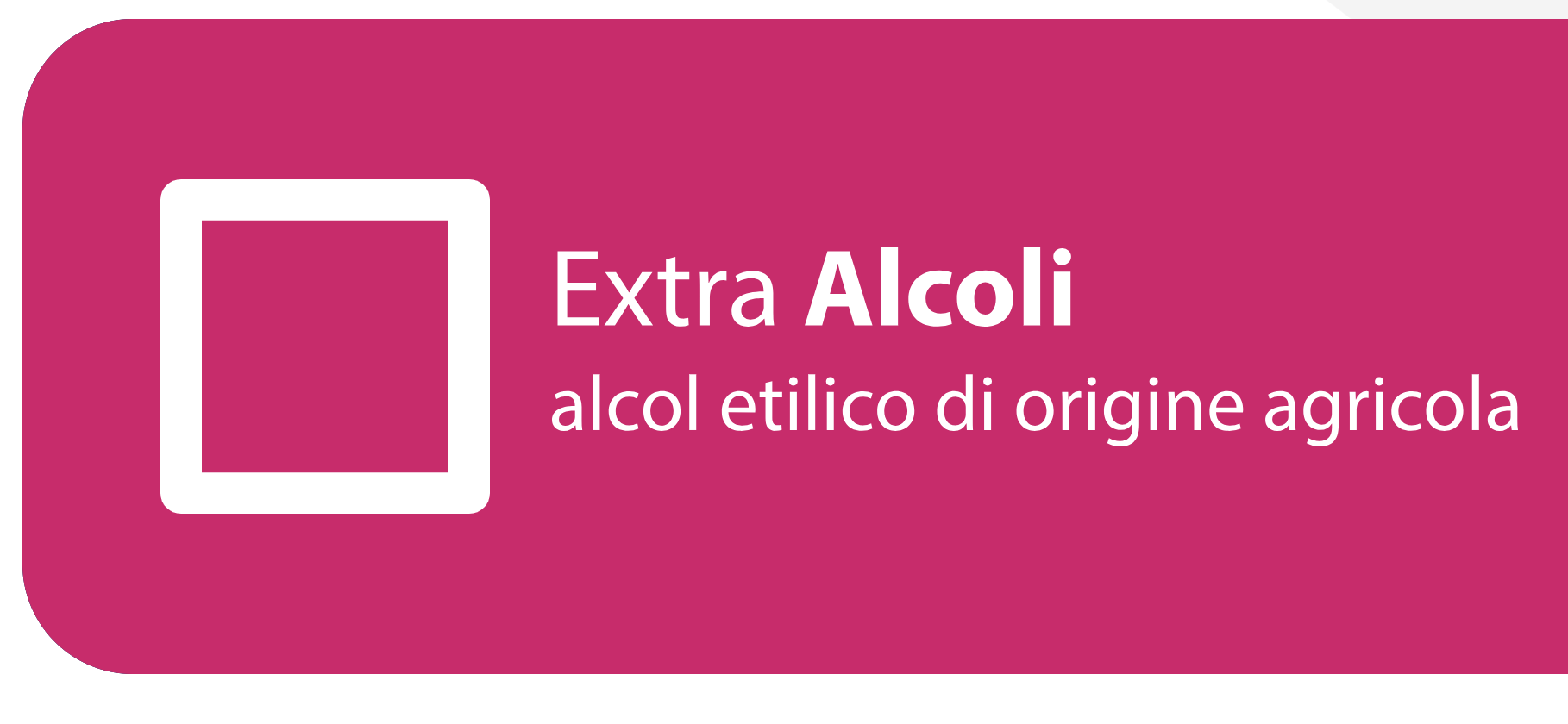Valuing waste from agri-food and wine processing to generate new products and a new economy
The Extra Alcohols division stems from the experience of distilling the by-products of vinification, dating back to the Seventies.
Today, from grape processing waste, Caviro Extra extracts quality alcohol of second generation, to which are added first-generation alcohols deriving from grains or Molasses.
-
On the Book “From the Vineyard to the Vineyard” by Caviro, published in September 2023 (available for consultation here) reads:
The production capacity of the Caviro Extra Alcohols division is the largest in Italy, with more than 90 million liters of ethyl alcohol produced every year (all of which are of agricultural origin). The Faenza site is equipped with several distillation plants and a modern molecular sieve dehydration plant. For its distribution, Caviro Extra has a coastal warehouse at the port of Ravenna, equipped for loading and unloading ships and trains.
The alcohol produced by Caviro Extra is versatile and suitable for many fields of application, in relation to variations in grades and purity: there is neutral alcohol, used for alcoholic beverages, flavors, acetification and preservation of foods; ethyl alcohol, used in the pharmaceutical sector as a denaturant, solvent and etherifier and, after a denaturation process, also for cosmetic products such as perfumes or hair sprays; denaturated alcohol, with a traditional pink color, for common domestic use.






